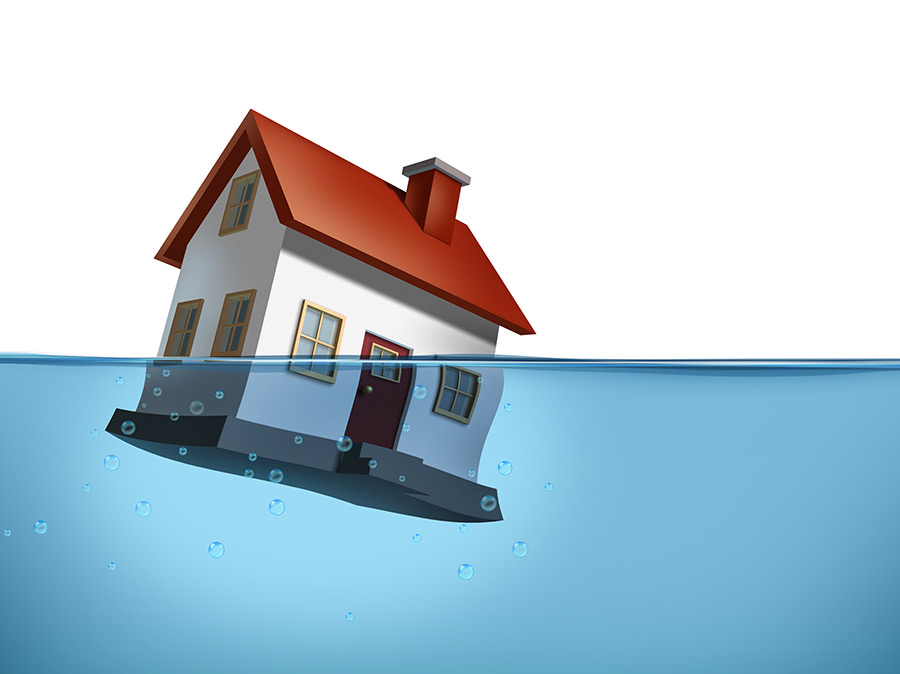Pinpoint Six of The Commonest Triggers for Leakage Within Your Home
Pinpoint Six of The Commonest Triggers for Leakage Within Your Home
Blog Article
What're your opinions concerning How to Find Water Leaks?

Leakages not just cause waste of water yet can additionally trigger unneeded damage to your house and also advertise unwanted natural growth. Water leakages might go undetected given that many of the pipework in our house is hidden. By recognizing as well as looking for everyday situations that create leakages, you can secure your house from future leakages as well as unneeded damages. Today, we will take a look at six leak causes that might be triggering your pipelines to drip.
Instant temperature adjustments.
Severe temperature level adjustments in our pipelines can create them to broaden and contract all of a sudden. This growth as well as contraction may create fractures in the pipelines, specifically if the temperature level are below freezing. If you kept an eye on just how your plumbing functions, it would be best. The visibility of the previously mentioned situations regularly suggests a high risk.
Rusty water supply
This could be the reason of staining or warping on your water pipelines. If our plumbing system is old, take into consideration changing the pipelines considering that they are at a higher threat of corrosion than the newer versions.
Defective Pipe Joints
The point at which your pipelines link is often the weakest web link in the waterline. Pipe joints can weaken gradually, leading to water leaks. The bulk of pipeline joints are not conveniently visible. If you have noisy pipelines that make ticking or banging sounds, specifically when the warm water is switched on, your pipe joints are probably under a great deal of pressure. It is recommended to have your plumber evaluate your system annually.
Elbowing in origins
A lot of water leakages start outside the home rather than inside it. You might see damp patches or sinkholes in your backyard, as well as that could suggest that tree origins are attacking water lines causing water to permeate out.
Poor Water Connectors
At times, a leakage can be triggered by loose tubes as well as pipes that supply your devices. In case of a water links leakage, you may notice water running directly from the supply line or pools around your appliances.
Clogged Drains
Blocked drains pipes may be frustrating and also inconveniencing, but they can in some cases wind up creating an overflow causing break pipes. Maintain removing any type of products that may go down your drains that could obstruct them to prevent such aggravations.
All the above are causes of leakages yet not all water leaks arise from plumbing leakages; some leaks could come from roof covering leaks. All leakages must be repaired right away to avoid water damages.
Leakages not just trigger waste of water yet can likewise cause unneeded damages to your home as well as promote unwanted natural growth. By looking and comprehending for daily situations that cause leaks, you can shield your residence from future leaks and unneeded damage. Today, we will certainly look at six leakage triggers that might be causing your pipelines to drip.
At times, a leakage can be caused by loose pipes and also pipes that supply your home appliances. In situation of a water connections leak, you may discover water running directly from the supply line or pools around your appliances.
How To Check For Water Leak In Your Home
How To Check for Leaks
The average household's leaks can account for nearly 10,000 gallons of water wasted every year and ten percent of homes have leaks that waste 90 gallons or more per day. Common types of leaks found in the home are worn toilet flappers, dripping faucets, and other leaking valves. These types of leaks are often easy to fix, requiring only a few tools and hardware that can pay for themselves in water savings. Fixing easily corrected household water leaks can save homeowners about 10 percent on their water bills.
To check for leaks in your home, you first need to determine whether you're wasting water and then identify the source of the leak. Here are some tips for finding leaks:
Take a look at your water usage during a colder month, such as January or February. If a family of four exceeds 12,000 gallons per month, there are serious leaks.
Check your water meter before and after a two-hour period when no water is being used. If the meter changes at all, you probably have a leak.
Identify toilet leaks by placing a drop of food coloring in the toilet tank. If any color shows up in the bowl after 10 minutes, you have a leak. (Be sure to flush immediately after the experiment to avoid staining the tank.)
Examine faucet gaskets and pipe fittings for any water on the outside of the pipe to check for surface leaks.
Undetected water leaks can happen without the home or business owner even realizing. If you suspect a water leak, but not able to find the source. It is time to contact a professional water leak detection service, The Leak Doctor.
How To Find a Water Leak In Your Home
https://www.leakdoctor.com/blog/How-To-Check-For-Water-Leak-In-Your-Home_AE197.html

We hope you enjoyed our section about How to Find Water Leaks. Many thanks for finding the time to browse our piece of content. Sharing is good. You never know, you may just be doing someone a favor. We take joy in reading our article about Common Water Leaks In House.
Schedule Services Report this page